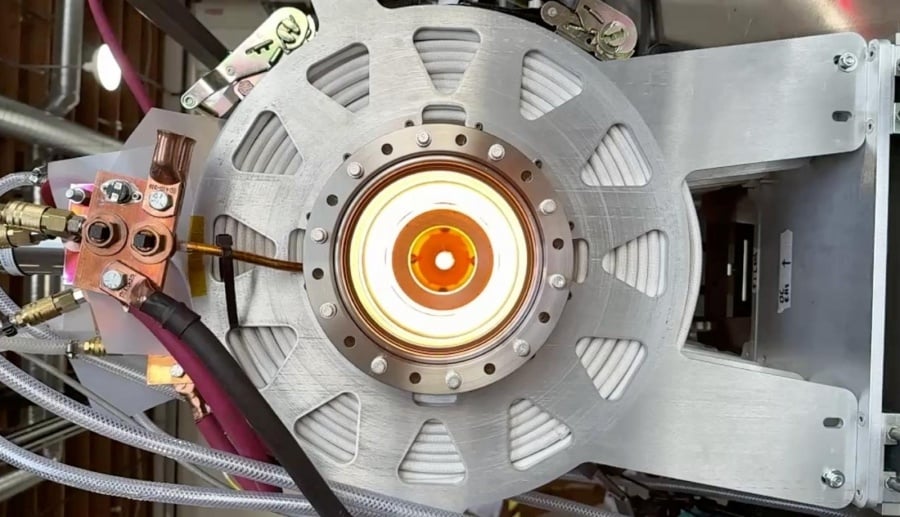 |
Marathon Fusion claims to have found a way to turn mercury into gold. Photo: Marathon Fusion . |
The ability to transform one element into another has been scientifically proven and applied for decades thanks to devices such as accelerators and nuclear colliders, typically the Large Hadron Collider (LHC) at the CERN research institute, Geneva, Switzerland.
However, producing gold using this method is very expensive, and the amount of gold obtained is extremely small. For example, the CERN experiment is estimated to have produced only 29 picograms of gold during its four-year operation. At that rate, it would take hundreds of times the age of the universe to produce about 30 grams of gold.
A California startup called Marathon Fusion has come up with a radical idea: it wants to turn mercury into gold. To do this, it would use a nuclear fusion reactor to create neutrons. These neutrons would cause a type of mercury to transform into “mercury-197.” The mercury-197 would then decay, and the end result would be “gold-197”—a stable form of gold.
According to the company’s founders, one gigawatt of fusion power could produce up to 5,000 kilograms of gold per year. According to ZME Science, one gigawatt is the average output of a large nuclear power plant, which could result in $550 million worth of gold per year for every GW of fusion power.
For this process to work, it is essential to have enough neutron energy to start the mercury transformation chain. If this can be done, it is a very promising idea. However, whether it will be profitable is another matter. Because to create enough gold, a large number of neutrons are needed.
To convert mercury into gold, we need neutrons with very high energies, specifically above 6 million volts.
To make its predictions, Marathon Fusion used a computer model to simulate how a nuclear reaction would proceed and what would happen next. However, the biggest problem with this approach is that the computer model needs to be tested against an actual nuclear reactor to confirm its accuracy.
Scientists still face many challenges to making nuclear fusion a reality and putting it into widespread use. Even the most advanced projects, such as JET in the UK, have only produced a small amount of energy.
However, researchers in the UK have found a new way to reduce the size of the reactor. They did this by changing the way they treat the hot exhaust gases (called plasma). A prototype of this new fusion reactor, called STEP, is expected to be completed by 2040.
In theory, it is possible to create gold from mercury in a fusion reactor. However, until these reactors are built and put into operation, what Marathon Fusion is working on remains speculative and unproven.
Furthermore, gold produced using this method will initially be radioactive. This means that it will be considered radioactive waste and will need to be carefully disposed of for a long time after it is produced.
While processing radioactive gold into pure gold is a major challenge, it is unlikely to deter long-term investors. For now, the idea remains a promising proposition on paper.
Source: https://znews.vn/startup-my-tuyen-bo-co-the-tao-ra-vang-post1572286.html

























![[Photo] National Assembly Chairman attends the seminar "Building and operating an international financial center and recommendations for Vietnam"](https://vphoto.vietnam.vn/thumb/1200x675/vietnam/resource/IMAGE/2025/7/28/76393436936e457db31ec84433289f72)










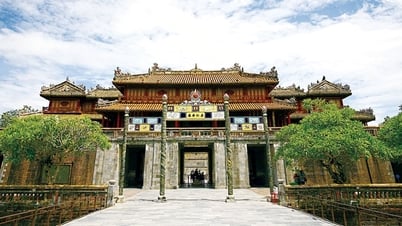

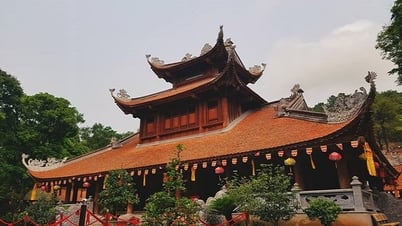














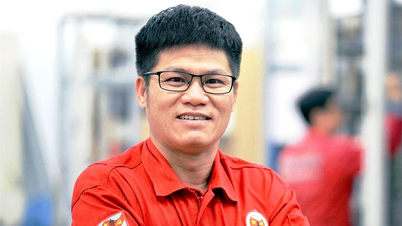







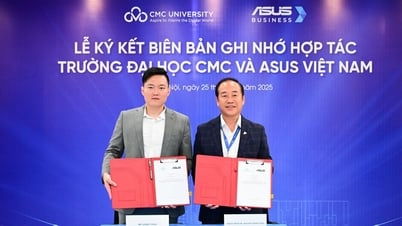





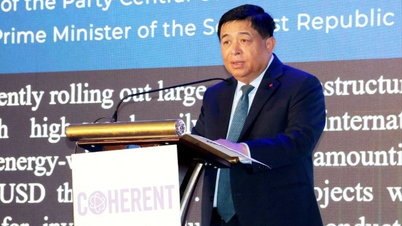

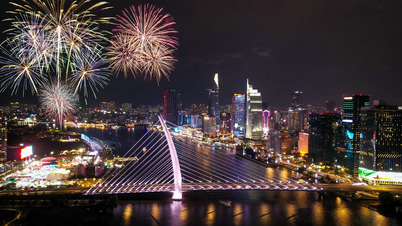































Comment (0)